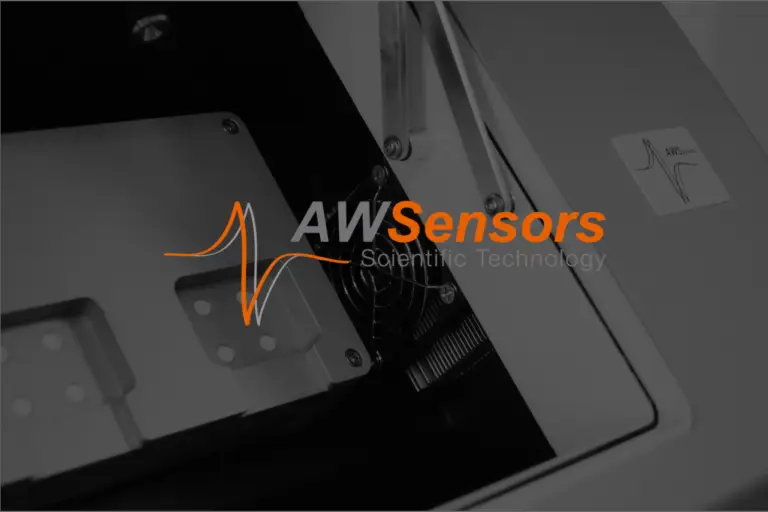
Battery test solutions by Sphere Energy are now available through Cromocol
We are pleased to announce that Cromocol Scandinavia AB is now an official distributor of Sphere Energy products in the Nordic region.

We are pleased to announce that Cromocol Scandinavia AB is now an official distributor of Sphere Energy products in the Nordic region.

April 9, 2025 @ Cromocol in Borås, Sweden. Cromocol and PTE invites you to an exclusive seminar with Krüss, where we dive into the essential factors for achieving precision in ink and coating applications. Discover how to optimize surface treatment, enhance adhesion, and implement effective quality control to minimize defects.

April 1, 2025 @ RISE in Borås, Sweden. For the 11th West Coast Battery Forum we’re excited to welcome Matthew Lacey for an in depth session on battery electrochemistry. This time we’re at RISE in Borås where we’re also visiting the RISE & SEEL battery safety lab.

CROMOCOL is now an official distributor for AWSensors EQCM range in the Nordic countries!Their powerful technology allows you to correlate electrochemical measurements directly with QCM measurements, making it a game-changer for fields like batteries, fuel cells, and electrochemistry.

March 5, 2025 @ Cromocol in Borås, Sweden.
Cromocol, in collaboration with Erichsen, invites you to join our Introductory Seminar on Atmospheric Corrosion testing 2025. Are you looking to build a solid foundation in corrosion testing? Join us for this introductory seminar, designed to give you the essential knowledge and tools to succeed in the field of atmospheric corrosion.

April 23-24, 2025 @ RISE in Borås, Sweden.. Cromocol, in collaboration with RISE, invites you to join our seminar on weathering durability testing. Expert instructors from Atlas Material Testing Technology will lead the Fundamentals of Weathering (FOW) course, a globally recognized program.

We’re excited to launch our new recruitment site powered by Teamtailor.
Explore opportunities to join a dynamic team driving innovation in material testing, quality control, and environmental durability.

HunterLab is launching a brand-new Color Spectrophotometer.
Compact yet powerful, it features the latest proprietary color software and a modern smart user interface.

We’re happy to announce that Cromocol Scandinavia AB has entered into an agreement to acquire LabroTek Ltd ( Oy ), a leading provider of material testing and quality control equipment in Finland.

Cromocol has signed an agreement to acquire 100% of the shares in Paper Test Equipment Sweden AB, Sweden’s leading player in test equipment for paper, pulp & packaging.

Exciting news from CROMOCOL, we are thrilled and proud to announce that we have achieved a significant milestone in our commitment to excellence and sustainability.